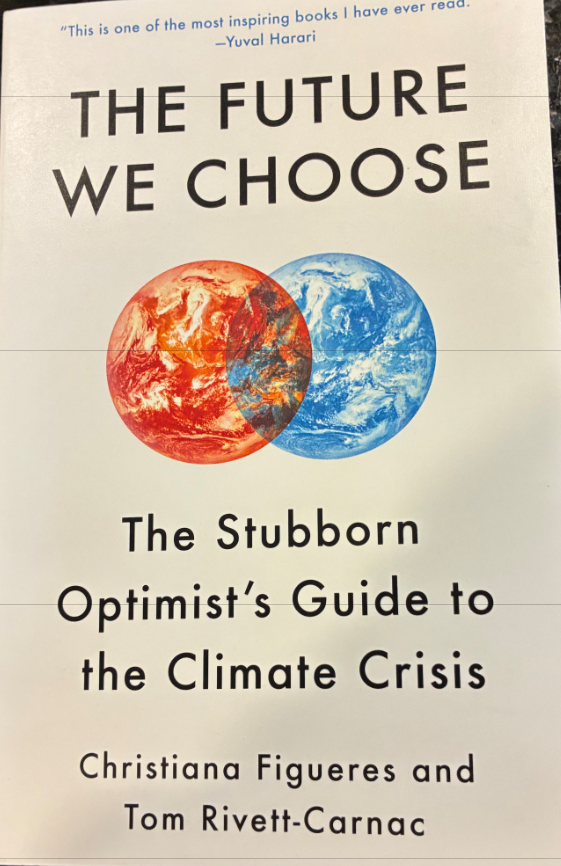Commentary
All Along the Wrack Line

Editor’s note: This is one in a continuing series of educational columns about fostering environmental stewardship and leadership coordinated by ACES — the Alliance of Climate and Environmental Stewards.
by C. Peter Erickson
Year upon year, during nine months of cold and chill, the ocean delivers all manner of flotsam to our sandy shores here on Plum Island. With the coming of summer, folks arrive to take in the sun, sea and sand, and just to come out and play. Finally, winter in New England has ended! Storm tides of winter, now just a memory, remain traced by the bathtub ring of sea hay, driftwood and seaweed, all along the so-called “wrack line” high on the beach.
It is understandable that for many, all this debris on the beach is something of an annoyance. But for migrating shorebirds, the table is set. While sandpipers, sanderlings, and willets skitter along the shore break, our special guests, the piping plovers, nest among the high beach wrack line, venturing to water’s edge early and late in the day. All manner of shorebirds feast upon minute crustaceans spawned in the wrack line and in the sands between grassy dunes and ocean surge. Given the threatened status of piping plovers, our “Plover Wardens” have been authorized to string off sections of the beach to protect them from foot traffic by human visitors. This safe space attracts nesting terns as well, spearing inch long sand eels from the briny deep then returning to nest among their neighboring plovers, while offering air cover to them in return. These diminutive terns have been seen driving off a gang of crows on the hunt for plover chicks. They’ll shoo away dogs and poop on your hat if you don’t keep moving past their nesting. Ya’ gotta love the aerobatics and the sheer courage of nesting terns.
Meanwhile, all along the wrack line gusty spring winds and summer shore breezes have been blowing sand up to the toe of the dunes. Drifting sand that has become captured here will bury most of that messy looking debris, while raising the surface of the beach and building up the face of storm-torn dunes. Already, this season’s windrow of sea hay is mostly covered. Beneath the surface, this organic material has begun to decompose, adding nutrients to otherwise sterile silt and sand. Dune grass and beach plants are beginning to emerge. There remains ample space for foot traffic, beach blankets, and ball games closer to the water’s edge. Well suited to salty and sandy wind scoured environments, dune vegetation cannot tolerate even a modest number of footsteps. Allowed to fill in naturally, these plants will continue to gather drifting sand, helping to propagate future generations of vegetation. And so the dune building cycles will continue for as long as we let nature run its course, uninterrupted by foot traffic and beach sweeping.
I have heard the word “synergy” defined as when: "The whole is greater than the sum of the parts”. As true as this may be, I prefer Buckminster Fuller’s definition: “The whole is unpredictable from the sum of its parts”. Who could guess that the small but mighty shorebirds, and their dependence upon the wrack line, would be essential factors towards building our protective sand dunes. First comes the wrack line, attracting nesting shorebirds. In the absence of foot traffic, air cover arrives courtesy of nesting terns. Soon to follow, as summer follows spring, are native beach grasses that further build and stabilize the face of protective sand dunes, thereby sheltering the beachfront homes behind them. If next winter’s storms take another bite out of the face of the dunes, then the process will begin all over again, just so long as we humans let it be. It’s all connected. With just a little help and understanding from we human visitors, when left to nature, dunes will build dunes. Who knew?
C. Peter Erickson, a resident of Plum Island with a strong interest in what happens in the natural world around us, can be contacted at cperickson48@gmail.com
ACES and its Youth Corps invite you to stay updated on environmental matters by subscribing to our monthly newsletter via the “Subscribe to Updates” link on ACES’ website – https://www.aces-alliance.org/. Please consider joining our community of stewards committed to Making Every Day Earth Day by contacting acesnewburyport@gmail.com. We can make a big difference together.
This column first appeared in The Daily News of Newburyport on May 17, 2024.
.svg)


